-
Holiday Edit

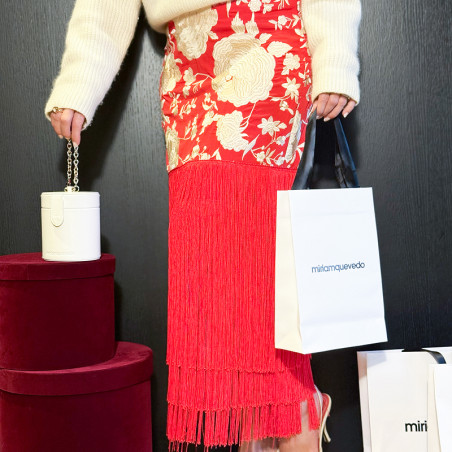
A la espera de geolocalización. Por favor acepte la solicitud de permiso













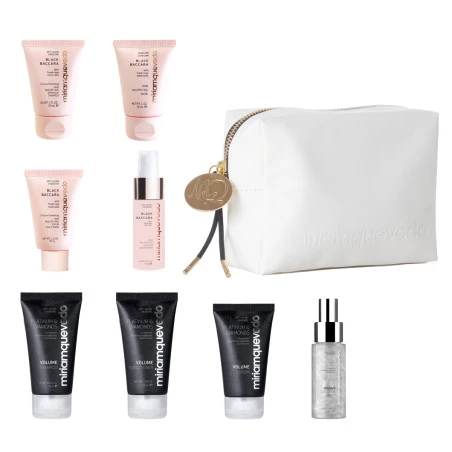



Estas navidades, disfruta de una selección cuidada de productos para regalar cuidado, belleza y transformación.
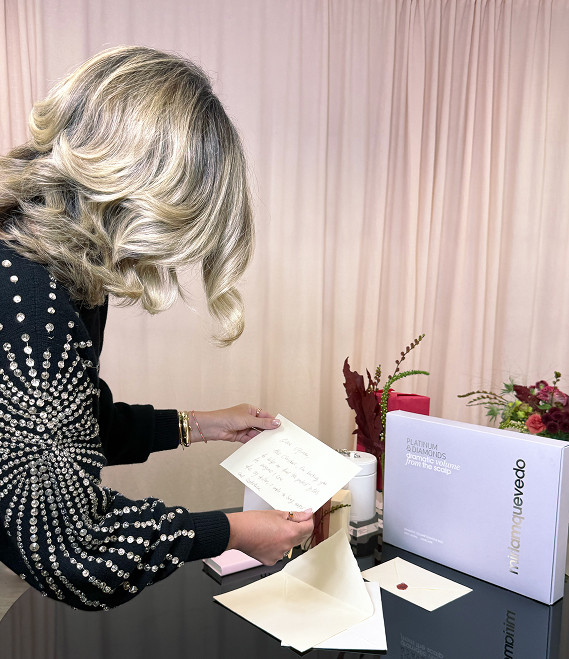






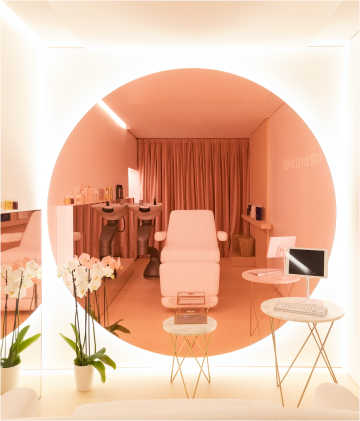
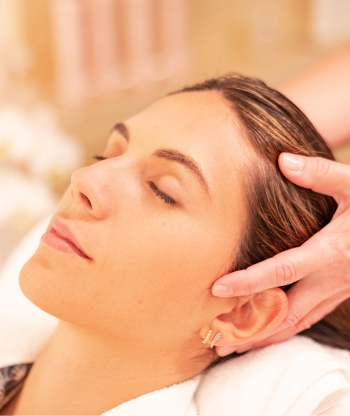
Hair Spa
Hair Spa by Miriam Quevedo es el primer spa dedicado exclusivamente al rejuvenecimiento del cabello y cuero cabelludo. Situado en el Hotel Mandarin Oriental de Barcelona.
Descúbrelo